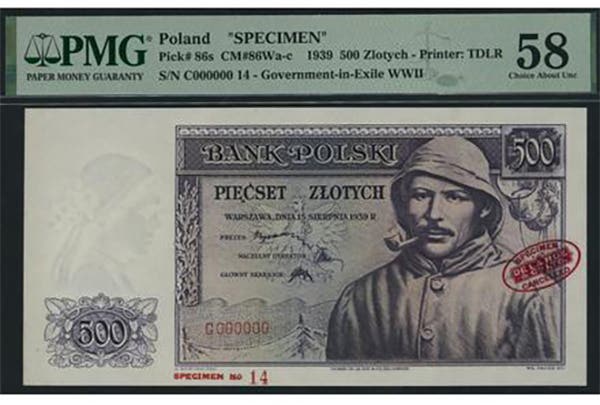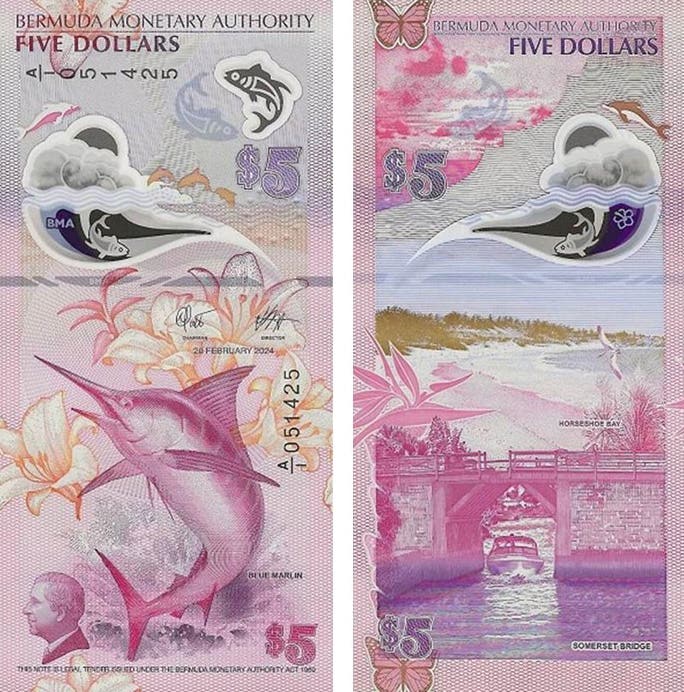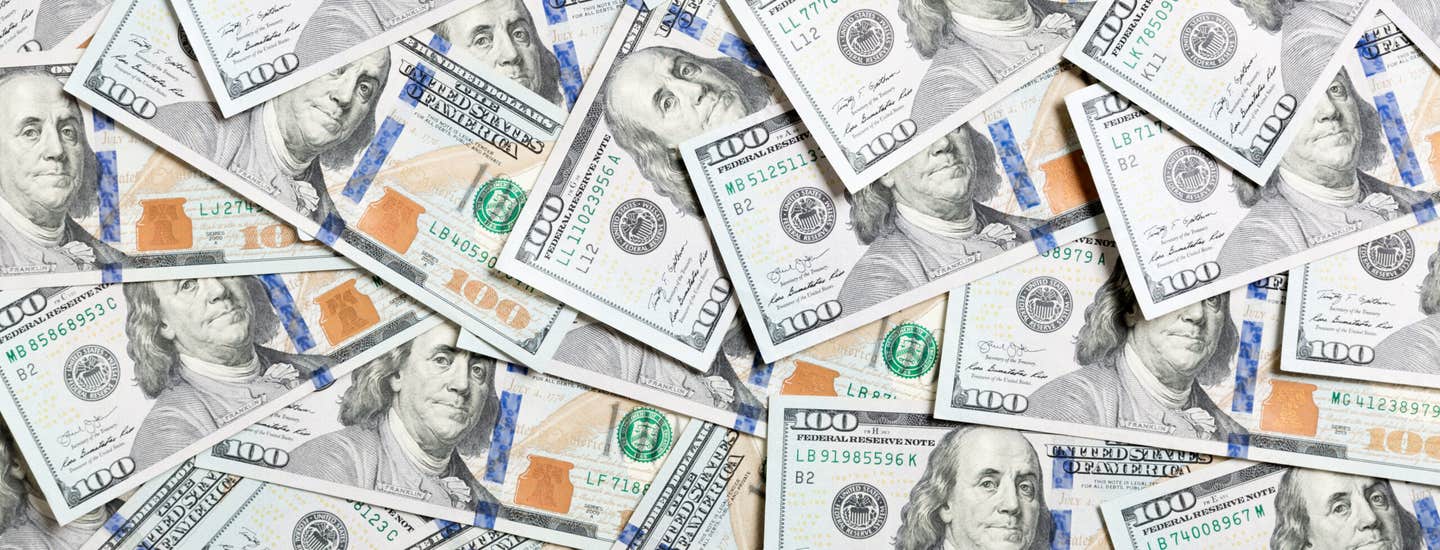India has Bank Notes Outstanding
Following a many-country model of the withdrawal of particularly high-value bank notes, India is now completing the process of withdrawing its ₹2000 (rupee) bank notes.
Canada has withdrawn its $1,000 bank note, the European Union has withdrawn the €500 bank note, and the United States no longer issues bank notes of any denomination over $100. India is now completing the process of withdrawing its ₹2000 (rupee) bank notes.
In each situation, the reasoning behind the withdrawal of particularly high-value bank notes has varied to some amount, but in all cases, the illegal or corrupt use of these notes has been a factor that led to their demise.
India’s ₹2000 denomination was introduced in 2016 following the withdrawal of and demonetization of the 2016 series of ₹1000 and ₹500 notes. There was almost no warning the two note denominations were about to be demonetized. On Nov. 8, 2016, the central bank announced both note denominations would be valueless as of midnight the same day. The banking system was caught off guard, resulting in a run on banks and Automatic Teller Machines by citizens trying to move their physical cash over to something still considered to be legal tender.
This wasn’t the first time in modern history India had demonetized bank notes, but it was the first time it was done without warning. From 2013 to 2014, the Reserve Bank of India withdrew all bank note issues prior to 2005, requiring them to be exchanged at banks. At that time, the central bank clarified that these soon-to-be-obsolete notes would remain legal tender for conversion purposes.
Between 2017 and 2019, the Mahatma Gandhi New Series bank notes were released in denominations of ₹10, ₹20, ₹50, ₹100, and ₹200. No new ₹1,000 notes were issued.
At the time of the 2016 situation, the RBI released a statement explaining that the ₹2000 denomination was being released due to the lack of availability of other denominations. Once sufficient lower denomination notes became available, further release of ₹2000 notes would cease. No further ₹2000 notes were printed after 2019.
The RBI has acknowledged that the ₹2000 denomination was never in common use due to its high value. In more recent history, India’s political parties have been accused of hoarding cash primarily in ₹2000 bank notes; the cash meant to fund election campaign expenses while circumventing spending limit requirements imposed by the Election Commission.
On May 19, 2023, the RBI withdrew the bank notes using the Clean Note Policy for the decision. The central bank argued most of the notes were issued prior to March 2017 and, for that reason, were at the end of their officially estimated life span of four to five years. It has been estimated there was ₹3.56 lakh crore in value of these notes outstanding at the time of the withdrawal notice. (One trillion becomes one lakh crore in the Indian numeral system.) Citizens were given until Sept. 30, 2023, to either deposit or exchange the notes.
As of March 1, the RBI reported that about 97.62 percent of the now defunct ₹2000 bank notes have yet to be redeemed. This leaves a value of ₹8,470 crore (about $102 million U.S.) on the table, technical of no value and unconverted. The central bank did not indicate that the notes could still be converted or give a reason why they were still unredeemed.
India is currently circulated ₹5, ₹10, ₹20, ₹50 and ₹100 from the initial Mahatma Gandhi series and in denominations of ₹10, ₹20, ₹50, ₹100, ₹200, ₹500 from the Mahatma Gandhi New Series. All other post-British India bank notes, with the exception of the ₹2000 value and the two notes withdrawn on short notice, remain as legal tender.
Coins in use are from the Grain Series, a series released on March 6, 2019. These are coins in denominations of ₹1, ₹2, ₹5, ₹10, and ₹20. The coins are minted by the Security Printing and Minting Corporation of India, the same organization that prints all of India’s bank notes.
The coins were designed to be convenient for the sight impaired, increasing in diameter and weight from the lowest to the highest denomination. The lowest four denominations are round, but the ₹20 is 12-sided and lacks edge serrations.
The ₹1 and ₹2 are composed of stainless steel, the ₹5 of nickel-brass, the ₹10 has a copper-nickel center and aluminum-bronze outer ring, while the ₹20 has a nickel-brass center and silver-nickel outer ring.








